In the wave of technological advancements, cutting-edge technologies such as artificial intelligence, the Internet of Things, and big data are deeply integrated with the robotics industry, leading to an exponential expansion of robot functionalities and a significant increase in complexity. This development trend imposes unprecedented stringent requirements on the core component of robots—the Printed Circuit Board Assembly (PCBA). The PCBA must not only possess stronger computing speed and efficient data processing capabilities to support complex algorithms for precise intelligent decision-making and control of robots but also integrate multiple functions within a limited space, aligning with the trend towards miniaturization and lightweight design of robots, while ensuring stable and reliable operation in various harsh environments.
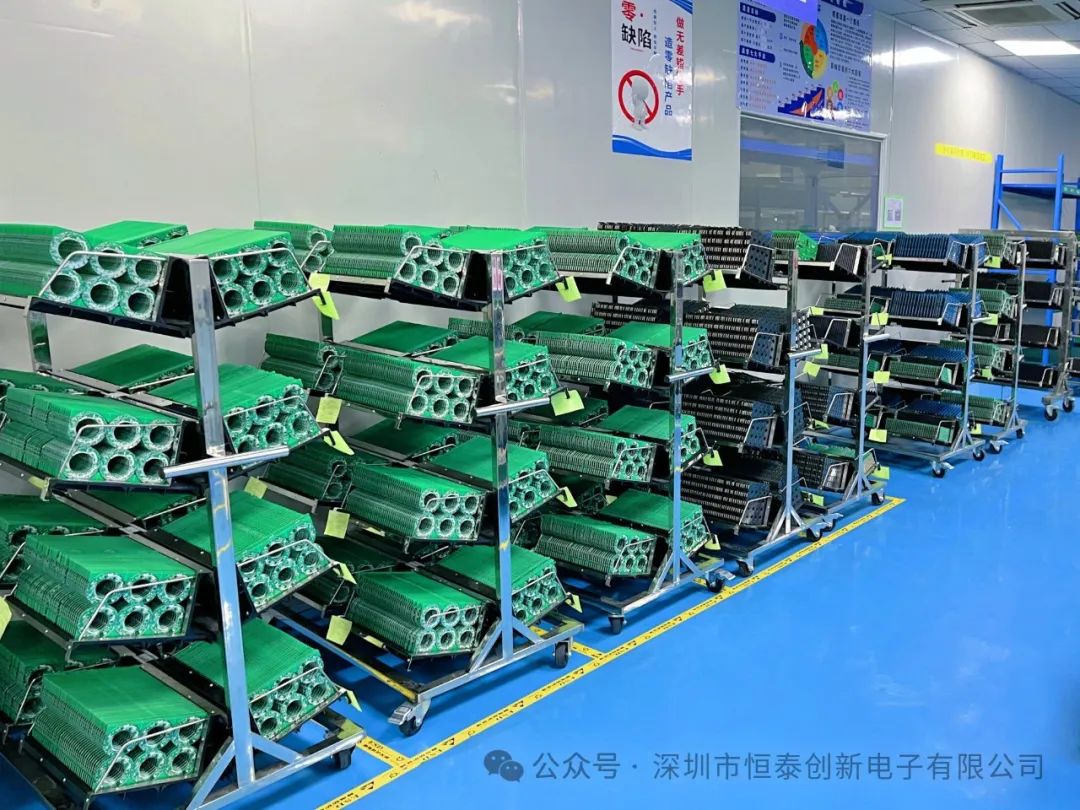
1. Diverse Demands for PCBA in the Robotics Industry
(1) High Computing Power and Excellent Performance Requirements
Today, the intelligence level of robots continues to rise. In tasks such as complex environmental path planning, high-precision object recognition and grasping, and real-time human-machine interaction, the computing power of the PCBA becomes critical. For example, in industrial robots on automated production lines, it needs to quickly process massive image data feedback from visual sensors, accurately determine the position of components, and complete assembly. This relies on the PCBA being equipped with high-performance processors and data processing chips, possessing strong floating-point computation and parallel processing capabilities to complete complex algorithm calculations in a short time, ensuring precise decision-making.
(2) Trends Towards Miniaturization and Integration
To expand the application scope of robots, especially in service and medical robots, miniaturization and lightweight design are crucial. This requires the PCBA to highly integrate various functional modules within a limited space, reducing the circuit board area and overall weight. For instance, a household cleaning robot must navigate through narrow gaps in furniture, necessitating a compact PCBA that integrates motor drive, sensor control, and wireless communication functions. Advanced packaging technology and high-density interconnect (HDI) processes are employed to achieve compact component layout and efficient connections, enhancing space utilization and ensuring the coordinated operation of various modules.

(3) Stringent Standards for Stability and Reliability
Robots often need to operate continuously and stably in harsh environments. High temperatures, high humidity, and strong electromagnetic interference in industrial production, as well as extreme cold, heat, sand, and rain outdoors, pose severe challenges to the stability and reliability of the PCBA. In medical surgical robots, PCBA failures can lead to surgical errors, endangering patient lives; logistics and warehouse automation robots require extremely high reliability from the PCBA to ensure accurate data transmission and stable execution of control commands. Therefore, high-quality components must be selected during design and manufacturing, and strict quality control must be implemented to enhance the PCBA’s anti-interference and environmental adaptability.
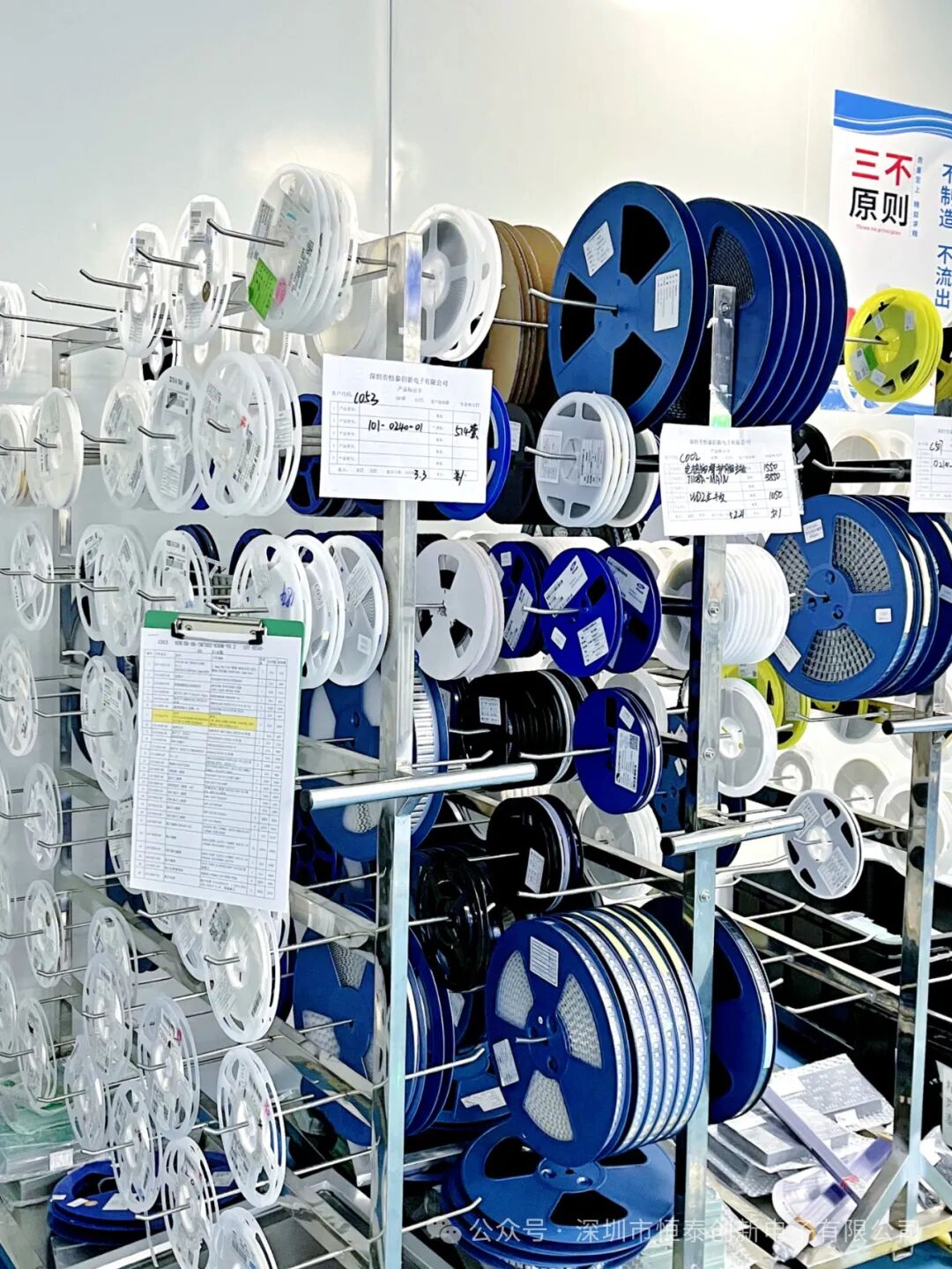
(4) Significant Customization Requirements
Different types of robots have varying application scenarios and functional requirements, leading to high demands for the customization of PCBA. Industrial robots focus on precise motion control and support for industrial communication protocols; service robots emphasize human-machine interaction experience and the implementation of voice and image recognition functions; special robots, such as underwater and firefighting robots, require special designs for waterproofing, explosion-proofing, and high-temperature resistance. This necessitates that PCBA solution providers deeply understand the application scenarios and needs of robots, offering personalized design solutions from component selection, circuit layout to software algorithm optimization to meet the unique requirements of different robots.
2. Key Applications of PCBA Solutions in the Robotics Industry
(1) Industrial Robotics Field
In industrial production, PCBA solutions empower industrial robots, achieving dual improvements in production efficiency and quality. In automotive manufacturing plants, the PCBA of welding robots is equipped with high-performance motion control chips to precisely control the movement trajectory of robotic arms, combined with visual sensors to accurately identify and track weld seams, ensuring stable and consistent welding quality. Through industrial Ethernet interfaces, the PCBA can seamlessly connect with factory automation systems, uploading production data in real-time and receiving remote control commands to optimize production processes. In the electronics manufacturing industry, the PCBA of assembly robots integrates tiny components and high-precision sensor control circuits to achieve precise grasping and assembly of small electronic components, aligning with the miniaturization and refinement production needs of electronic products.
(2) Service Robotics Domain
The widespread application of service robots brings numerous conveniences to people’s lives, with PCBA solutions playing a core supporting role. For example, in household companion robots, the PCBA integrates advanced voice recognition and synthesis modules, image recognition processing chips, and wireless communication units. The voice recognition module allows the robot to accurately understand user commands, providing information queries, entertainment playback, and other services; the image recognition chip helps it recognize family members and the home environment, achieving autonomous navigation and obstacle avoidance; the wireless communication unit supports connection with smartphones and other smart devices, facilitating remote control by users. In the medical service field, the PCBA of rehabilitation robots is custom-designed based on ergonomic and rehabilitation medicine principles, precisely controlling motor output force, simulating rehabilitation training movements, and collecting physiological data from patients to provide scientific basis for rehabilitation treatment.
(3) Logistics and Warehousing Robot Scenarios
The intelligent transformation of the logistics and warehousing industry relies on PCBA solutions to support robots. In automated warehouses, the PCBA of AGV (Automated Guided Vehicle) robots integrates navigation positioning, path planning, and cargo handling control functions. Utilizing laser radar and visual sensor data, the processor within the PCBA quickly calculates the optimal travel path, avoiding obstacles and efficiently completing cargo handling. Through wireless communication modules, it interacts in real-time with warehouse management systems, timely updating inventory information, achieving precise storage and rapid sorting of goods. The PCBA of sorting robots focuses on high-speed and precise item grasping and classification, utilizing optimized motor drive circuits and intelligent control algorithms to process large volumes of goods in a short time, enhancing overall logistics and warehousing efficiency.
(4) Special Robot Applications
Special robots face extremely complex and dangerous environments when performing special tasks, requiring PCBA solutions to possess high reliability and targeted designs. The PCBA of underwater robots employs waterproof packaging technology and corrosion-resistant materials to ensure stable operation under high pressure and humid underwater conditions. Integrated sonar, cameras, and other sensor control circuits collect underwater environmental information in real-time, transmitting feedback to operators through data transmission modules for remote control. The PCBA of firefighting robots emphasizes high-temperature and fire-resistant designs, equipped with high-performance cooling systems to ensure the normal operation of electronic components in high-temperature fire scenes. Integrated thermal imaging and gas detection function modules assist robots in quickly locating fire sources and detecting harmful gas concentrations, providing strong support for firefighting and rescue operations.
3. Significant Advantages of PCBA Solutions in Supporting Intelligent Upgrades of Robots
(1) Enhancing Robot Intelligence Levels
High-performance PCBA solutions endow robots with powerful computing and data processing capabilities, enabling them to run complex artificial intelligence algorithms. By analyzing large amounts of sensor data in real-time, robots achieve more precise environmental perception and faster decision-making responses, enhancing their intelligence levels. In intelligent security robots, the deep learning algorithms embedded in the PCBA analyze surveillance video in real-time, accurately identifying abnormal behaviors and issuing timely alerts, significantly improving the level of intelligence compared to traditional security devices.
(2) Enhancing Robot Stability and Reliability
Strict quality control and optimized design ensure that PCBA operates stably in complex environments, reducing the probability of failure. From component selection, production process control to system stability testing, every link safeguards the reliability of the PCBA. This is crucial for industrial robots that operate continuously for long periods, medical robots performing critical tasks, and special robots working in harsh environments, ensuring stable operation, reducing maintenance costs, and improving production efficiency and service quality.
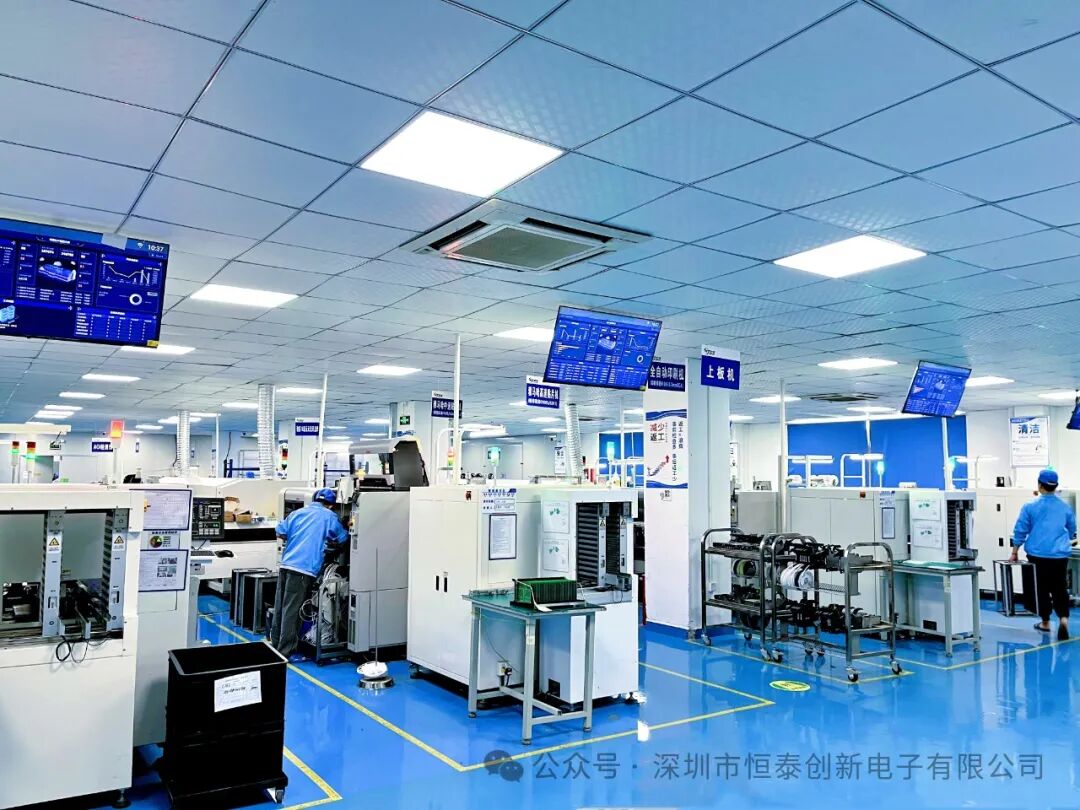
(3) Promoting Robot Miniaturization and Lightweight Design
Advanced integration technologies and miniaturization designs allow PCBA to integrate more functions within limited space, meeting the miniaturization and lightweight requirements of robots. This not only expands the application scenarios of robots but also reduces energy consumption and improves energy utilization efficiency. In wearable medical rehabilitation robots, the small and lightweight PCBA solutions make the robots more compatible with the human body, facilitating patient wear and reducing limitations on patient mobility.
(4) Accelerating Robot R&D and Production Processes
Mature PCBA solution providers offer one-stop services, from design and development to manufacturing, saving robot companies a significant amount of time and effort. Standardized module designs and rapid customization services enable robot companies to quickly bring products to market. By optimizing supply chain management and production processes, PCBA solution providers ensure timely delivery of products, meeting the rapid market demand for robot products and helping companies gain a competitive edge in the fierce market competition.
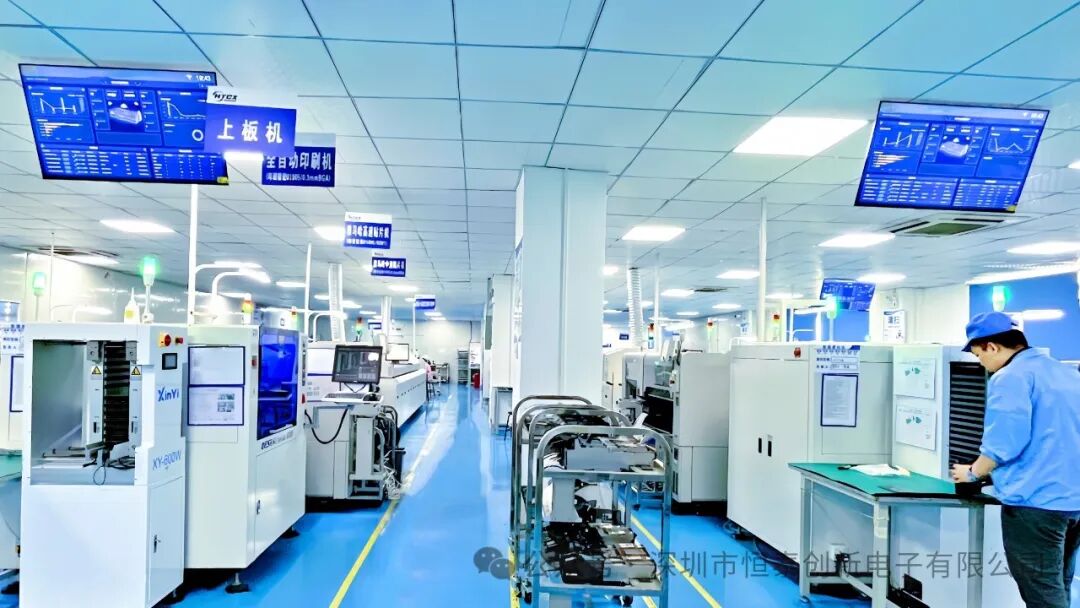
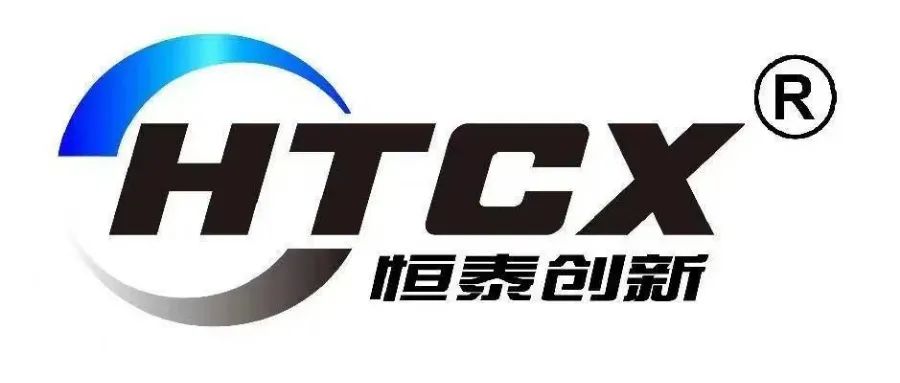
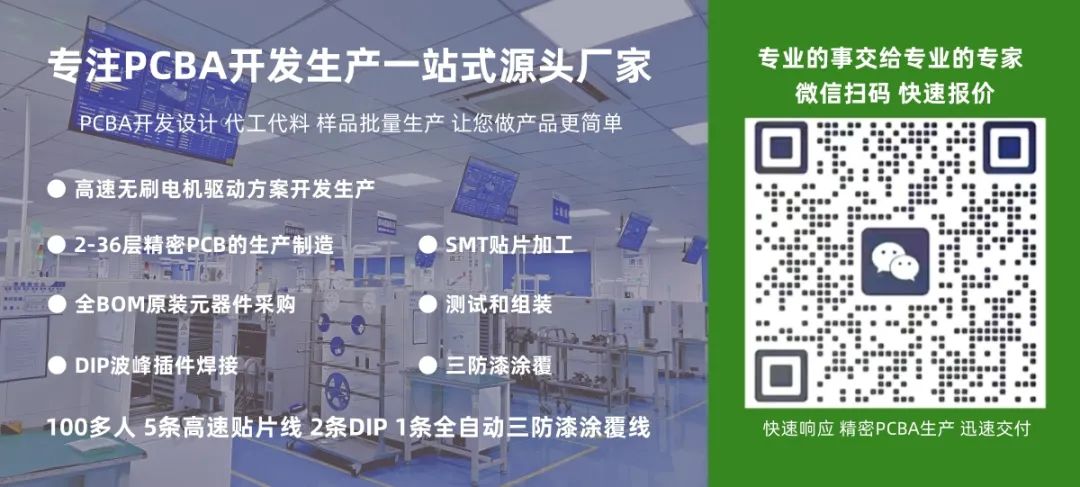 Editor
Editor
Huang Xiaozhen
Reviewer
Li Mei
Official Account
htcx2012
Phone
18911726991 (WeChat synchronized)
Official Website
www.htcxpcb.com
Address
4th Floor, Middle Staircase, Building B5, Yitang Industrial City, Tianliao Community, Guangming District, Shenzhen, Guangdong Province
 Official Account QR Code
Official Account QR Code Video Account QR Code
Video Account QR Code Official Website QR Code
Official Website QR Code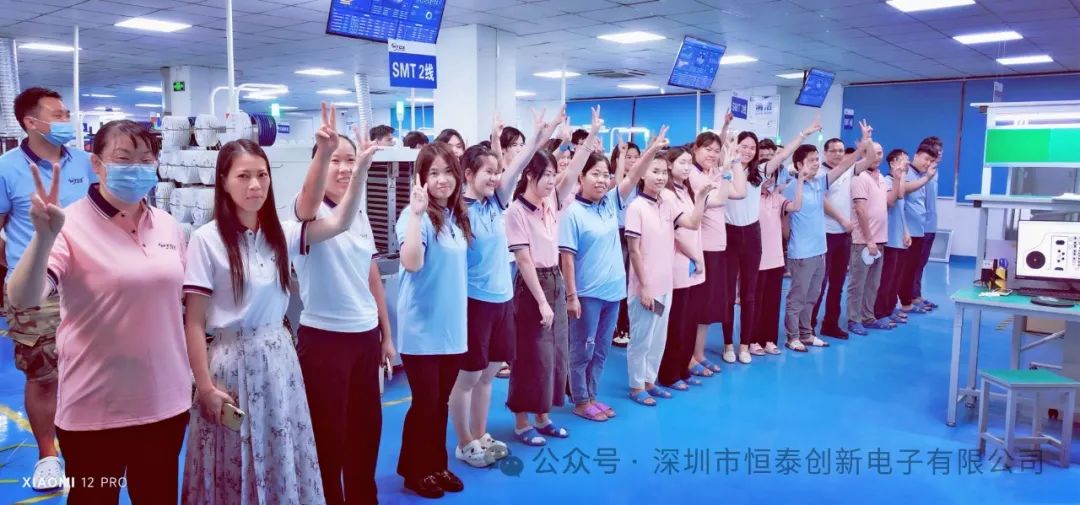
Disclaimer: The content shared on this platform comes from the internet, WeChat public accounts, etc. We maintain neutrality in our viewpoints and judgments, and it is for readers’ reference and learning only. The final ownership of the above statement belongs to the original author. If there is any infringement, please contact us for deletion to avoid unnecessary losses for both parties.